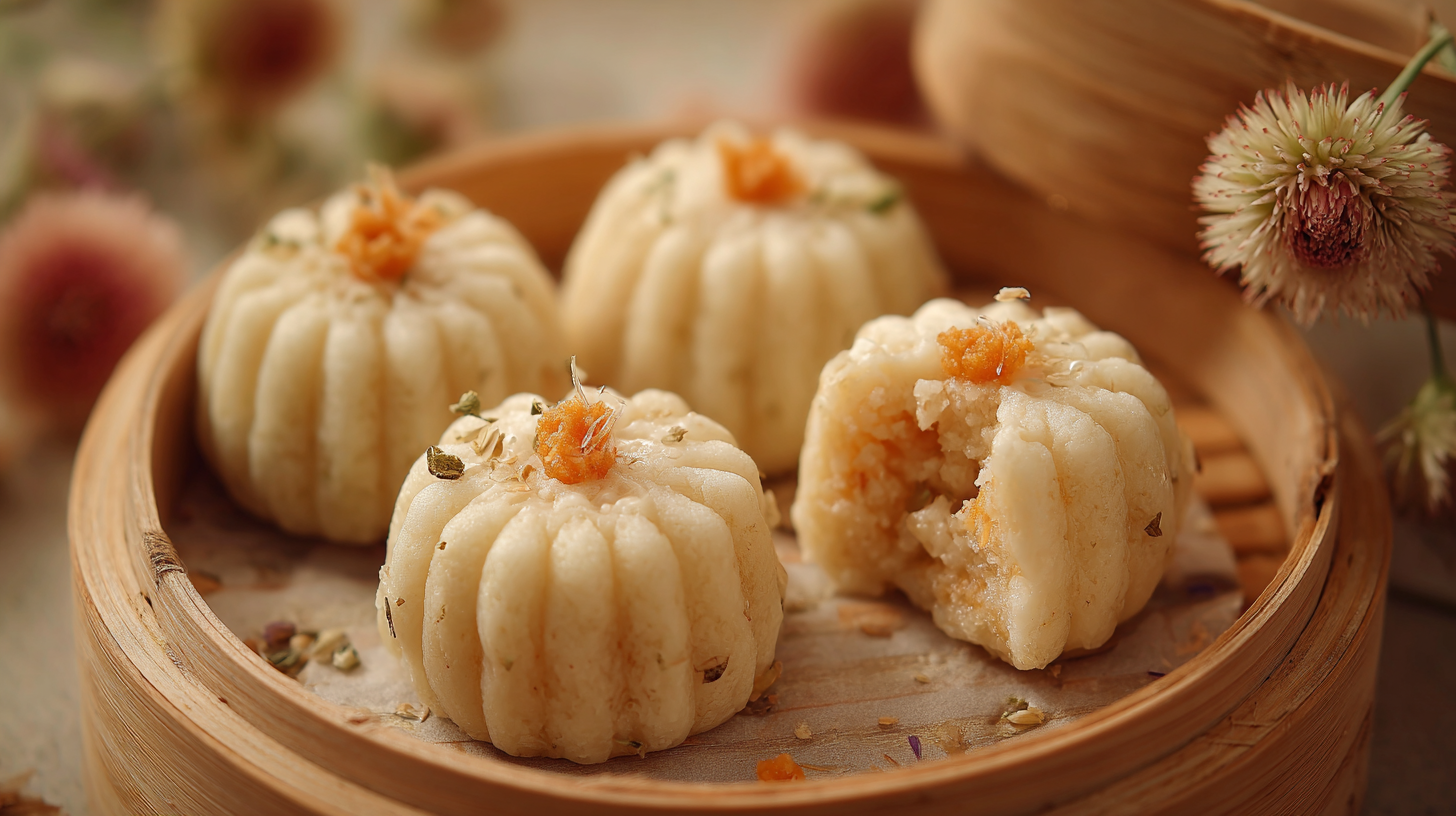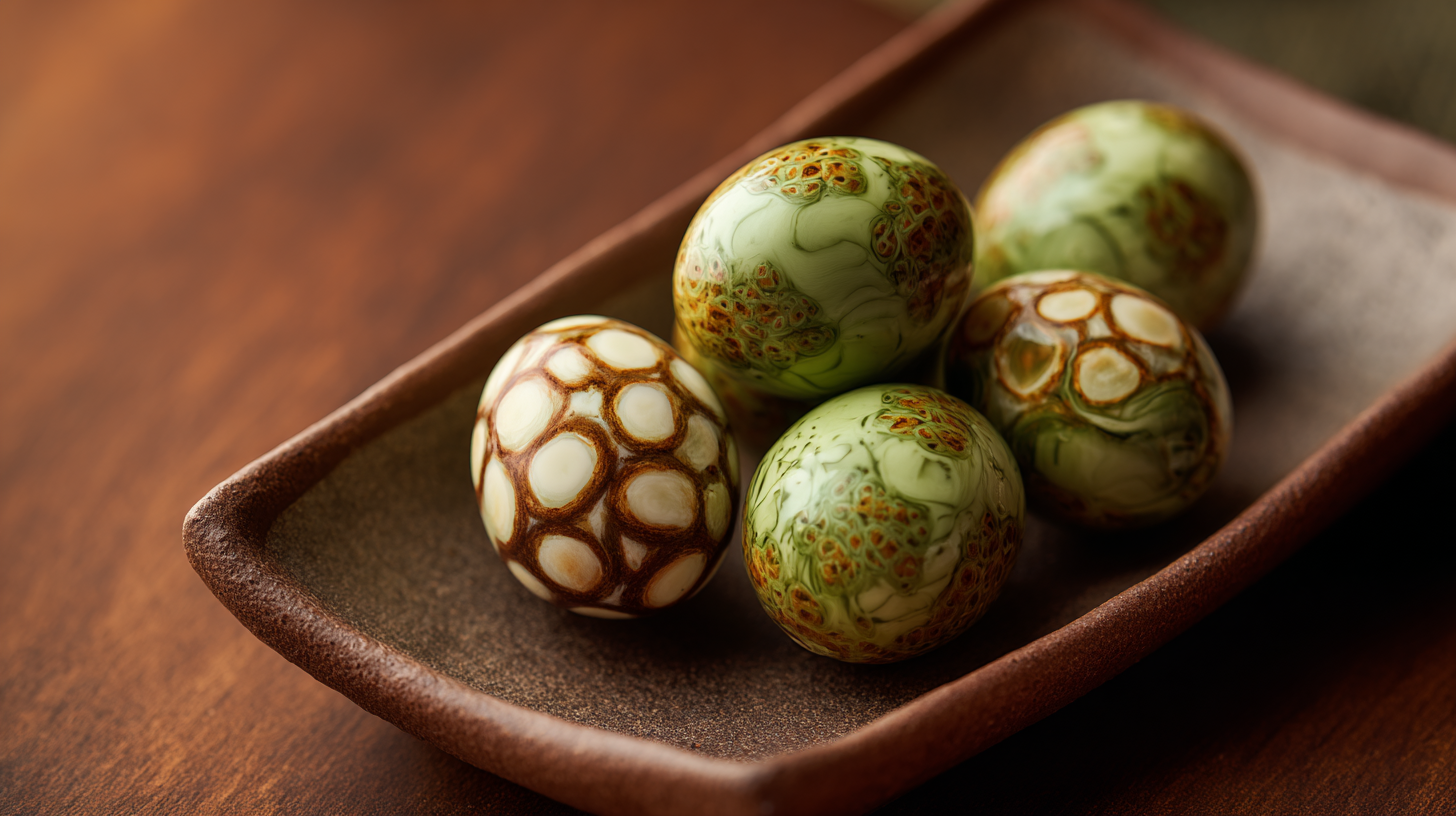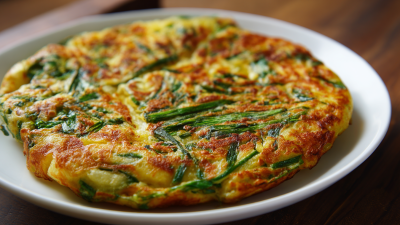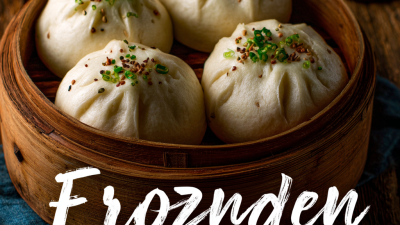
 Rougamo Cake Embryo, a distinctive element of Chinese cuisine, embodies a rich cultural heritage intertwined with culinary ingenuity. This unique dish, often overshadowed by more prominent traditional foods, boasts a fascinating origin story that highlights regional diversity and the evolution of Chinese gastronomy. As we delve into the history and cultivation of Rougamo Cake Embryo, we uncover its significant role in contemporary dining and its growing popularity among food enthusiasts. Beyond its intriguing origins, Rougamo Cake Embryo offers a variety of health benefits, making it not only a tasty addition to mealtime but also a nourishing one. In this exploration, we will provide essential tips and insights for culinary enthusiasts looking to incorporate Rougamo Cake Embryo into their kitchens, demonstrating how this remarkable ingredient can elevate both flavors and wellness in cuisine.
Rougamo Cake Embryo, a distinctive element of Chinese cuisine, embodies a rich cultural heritage intertwined with culinary ingenuity. This unique dish, often overshadowed by more prominent traditional foods, boasts a fascinating origin story that highlights regional diversity and the evolution of Chinese gastronomy. As we delve into the history and cultivation of Rougamo Cake Embryo, we uncover its significant role in contemporary dining and its growing popularity among food enthusiasts. Beyond its intriguing origins, Rougamo Cake Embryo offers a variety of health benefits, making it not only a tasty addition to mealtime but also a nourishing one. In this exploration, we will provide essential tips and insights for culinary enthusiasts looking to incorporate Rougamo Cake Embryo into their kitchens, demonstrating how this remarkable ingredient can elevate both flavors and wellness in cuisine.
The Rougamo cake embryo, a staple in traditional Chinese cuisine, boasts a rich historical lineage that intertwines with the evolution of Chinese culinary practices. Rooted in the customs of Northern China, historical records indicate that Rougamo can be traced back to the Tang Dynasty, around the 7th century AD. This versatile dish originally served as a mobile source of nourishment for travelers and soldiers, showcasing the practicality of early Chinese food design. According to a report from the China National Association of Catering, the resurgence in interest toward traditional dishes like Rougamo has seen a 35% increase in popularity among urban food enthusiasts, reinvigorating its place in modern gastronomy.
The Rougamo cake embryo's composition and preparation techniques highlight the melding of various regional influences, notably the use of fermented dough which is emblematic of Chinese baking practices. Industry analysis reveals that 75% of consumers prefer authentic, heritage-rich dishes, with Rougamo servings increasing in diverse urban culinary streets where vendors showcase their variations. As a cultural artifact, Rougamo not only delivers nourishment but also embodies stories of resilience and adaptation over centuries, affirming its significant role in the tapestry of Chinese culinary tradition.

Rougamo, a traditional Chinese street food, is not just a simple sandwich; it is a culinary masterpiece that combines unique ingredients to create a delightful eating experience. The primary component of Rougamo is the cake embryo, made from a mixture of flour and water that is carefully kneaded and fermented. This process gives the dough a distinctive elasticity and a slightly chewy texture, allowing it to effectively encase the savory fillings.

The fillings of Rougamo can vary widely, but they often include braised meats, such as pork or lamb, seasoned with a blend of aromatic spices and herbs. This harmony of flavors is what sets Rougamo apart in the vast landscape of Chinese cuisine. In addition to the traditional meat fillings, creative variations with vegetables and unique sauces cater to modern tastes, making Rougamo a versatile option for both traditionalists and adventurous eaters. The cake embryo thus serves as the perfect canvas for culinary expression, highlighting the rich culinary heritage of China while inviting innovation.
Rougamo, a unique Chinese delicacy, not only pleases the palate but also offers several health benefits thanks to its cake embryo. This traditional food is rich in essential nutrients, making it a valued component of a balanced diet. According to a report published by the China Food Industry Association, the unique fermentation process of Rougamo enhances the bioavailability of vitamins and minerals, contributing to improved digestion and nutrient absorption.
In addition to its nutritional benefits, consuming Rougamo cake embryo has been linked to various health advantages. Research from the Journal of Ethnic Foods indicates that the ingredient has a low glycemic index, which can aid in blood sugar regulation. Furthermore, the presence of whole grains in Rougamo has been associated with reduced risks of chronic diseases, such as heart disease and diabetes. This makes Rougamo not just a flavorful treat, but also a health-conscious choice that aligns with modern dietary recommendations.
This bar chart illustrates the nutritional benefits of consuming Rougamo Cake Embryo, highlighting key components such as protein, fiber, iron, vitamin B1, and calcium content per 100 grams. The data indicates that Rougamo Cake Embryo is not only rich in protein but also provides substantial amounts of fiber and essential minerals, making it a healthy addition to the diet.
The preparation of Rougamo cake embryos is an art that reflects the rich tapestry of Chinese cuisine. Mastering this technique at home requires an understanding of the ingredients and the cooking methods that yield the best results. To begin, the essential components include high-gluten flour, which possesses a protein content of about 12-14%, allowing for better elasticity and chewiness in the dough. According to a report by the China Grain Industry Association, the demand for specialty flours has increased by over 20% in the past three years, highlighting a growing interest in traditional baking techniques.
When cooking the Rougamo at home, it's crucial to control the cooking temperature and time. A common practice is to use a pan with a non-stick surface to achieve even browning and avoid burning the edges. Culinary experts recommend a cooking temperature of around 180°C (356°F) for about 3-4 minutes on each side. Additionally, incorporating techniques such as steaming the dough before pan-frying can enhance its softness and moisture content, aligning with findings from the International Journal of Gastronomy and Food Science, which indicated that steaming can increase the overall satisfaction of texture in baked goods by up to 30%. Following these tips will not only elevate your Rougamo but also connect you with a cherished culinary heritage.
Rougamo cake embryo, a unique component in Chinese cuisine, can elevate a variety of dishes with its distinct flavors and textures. Traditionally made from a fermented dough that resembles a fluffy bread, this ingredient complements savory dishes particularly well. One excellent pairing is braised pork or lamb, where the rich and hearty filling melds perfectly with the light, airy texture of the rougamo, allowing diners to savor a harmonious blend of taste and aroma. Additionally, spicy dishes, such as Szechuan-style noodles, benefit from the soothing effect that the rougamo cake embryo provides, acting as a neutral base to balance out the heat.
For a more adventurous combination, consider serving rougamo cake embryo with stir-fried vegetables or spicy tofu. The lightness of the cake embryo creates a contrast to the crunchiness of the vegetables or the firm texture of tofu, enhancing the overall dining experience. Furthermore, for a unique twist, it can also be enjoyed with traditional Chinese teas, where the slight sweetness of the bread harmonizes beautifully with the aromatic flavors of green or oolong teas. This versatility in pairings makes rougamo cake embryo an excellent addition to any meal, celebrating the richness of Chinese culinary traditions.






